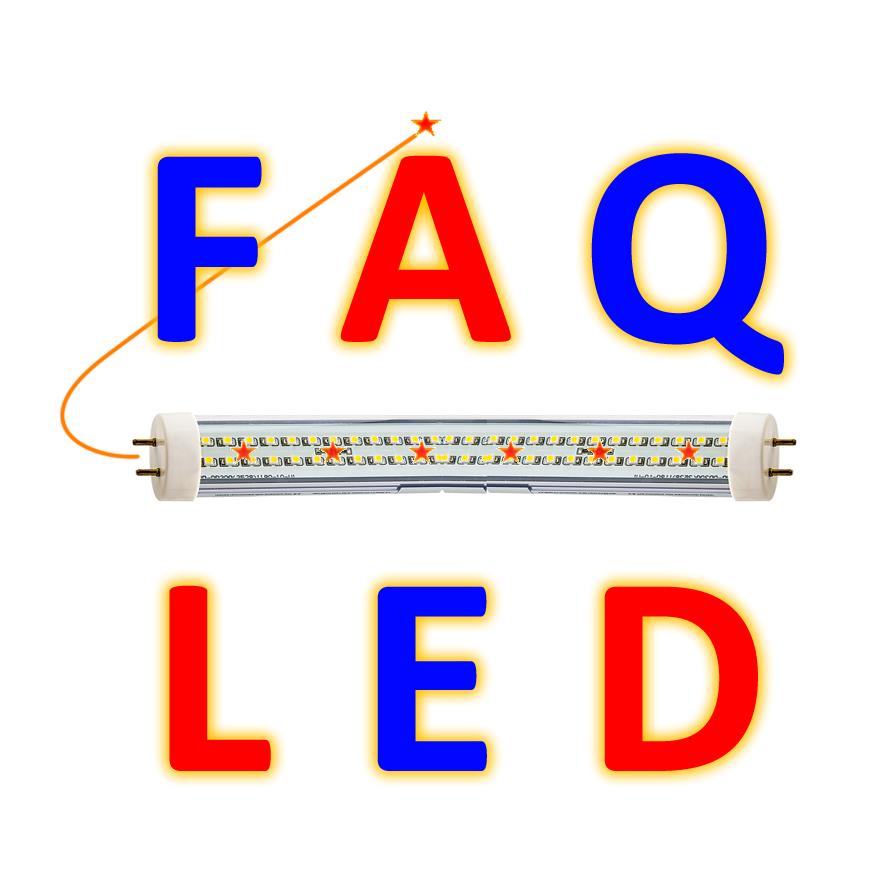LED Lights
How do LED lights work?
All this buzz about LED light got you ask how do LED lights work? LED (Light emitting diodes) light and LED bulb produces light when current flows through it. The LED bulb will have a rated current specified by the manufacturer. The current can be 2 mA for some of the smaller ones, 150 mA for the ones in most LED flashlights, up to 500 mA for some of the elements in LED traffic lights. Some background: In order to conduct current, there must be at least a certain voltage across the LED. This is its “forward voltage.” Evendiodes that don’t emit visible light have the same requirement for a forward voltage before they conduct. Neither type of diode will conduct much current (or emit light) below that voltage, or if the voltage is reversed. Typical values for LEDs are 2V for red, 2.6V for green and 3.5V for white. Too much reverse voltage across, or too much forward current through, a diode will damage it. A very common method of lighting an LED is to connect a resistor in series and connect a voltage source, such as a battery, across them. The resistor helps limit the current through the diode and minimize the effect of variations in supply voltage and LED specification variability. Some other notes: Driving multiple LEDs in parallel from a single voltage source requires a resistor in series with each LED to compensate for the variations in forward voltage among LEDs. Pulse width modulation (PWM) can be used to vary the brightness of an LED.

